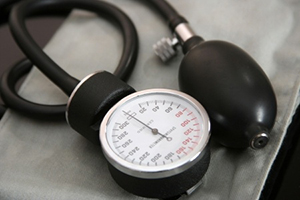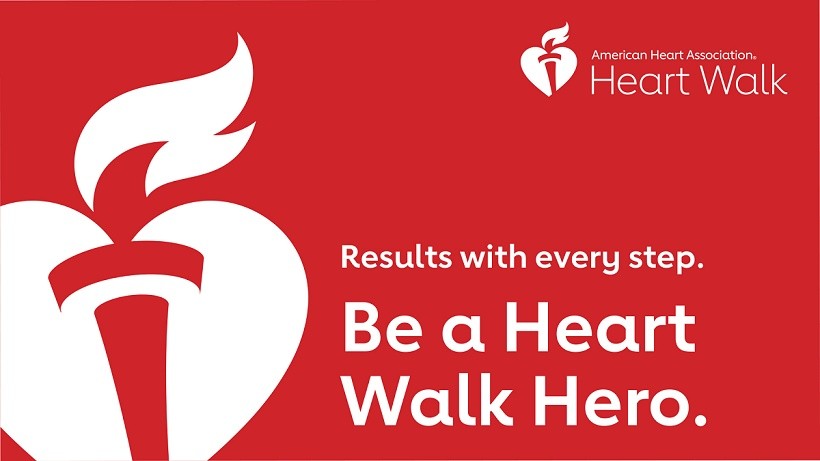![]()
Blog @ SunTech
Advice from the BP Measurement Experts
Automated BP vs Manual BP Measurement: Which is Better? (Part 2 of 2)
 In my last post, I discussed the importance of informed debate in helping determine effective clinical practice. Specifically, I mentioned two recent journal articles about automated oscillometric blood pressure devices that arrived at two different conclusions. In that post I also provided some comments from the SunTech perspective. Today, I’ll share the perspectives of an experienced, practicing physician on the subject of automated BP devices versus manual sphygmomanometers.
In my last post, I discussed the importance of informed debate in helping determine effective clinical practice. Specifically, I mentioned two recent journal articles about automated oscillometric blood pressure devices that arrived at two different conclusions. In that post I also provided some comments from the SunTech perspective. Today, I’ll share the perspectives of an experienced, practicing physician on the subject of automated BP devices versus manual sphygmomanometers.
Dr. Brian Forrest, M.D., is an American Society of Hypertension Certified Clinical Hypertension Specialist and is the medical director for Access Healthcare, a hypertension and cardiovascular disease clinic in Apex, NC. “Although the mercury measurement method has been the gold standard for decades, I would agree that it is time for a more modern and automated technique,” says Forrest. “Terminal digit bias and clinical rounding can prevent the collection of accurate data.”
He explains that since manual auscultation is inherently subjective, the pressures associated with running a modern medical practice can sometimes cause nurses and physicians alike to succumb to what he terms as ‘clinical inertia.’ He gives an example of a clinician who thinks they hear the onset of Korotkoff sounds somewhere between 140 and 138 and has to choose what number to record, realizing that recording the higher number could cause a longer office visit and put the physician behind schedule.
“I am not saying that medical professionals are dishonest, just that with the auscultation being a subjective value there is the possibility of the lower of two numbers around a believed value to be recorded,” says Forrest. “But honestly, isn’t it interesting how many values get recorded as 138/88? This is not a coincidence.”
Forrest offers several other real-world problems—a lack of soundproof exam rooms, a truck driving by, a door closing, or a patient that feels compelled to fill the silence by talking. He also mentioned the white coat effect, which Myers also addressed in his JCH article, as being minimized by automated devices.
“On countless occasions I have rechecked blood pressures using an automated machine in a room with a patient sitting quietly by themselves, and found significantly better pressures that were more consistent with automated home measurements,” says Forrest. “In my opinion, the future of accurate office and home measurement of blood pressure will be dependent on quality automated instruments that can take out human error and other biases.”
Clearly, questions about the use of manual versus automatic devices for measuring blood pressure will continue to be asked within the medical community—as well they should. The real question is, “What do you think?” We’re all ears.
Interested in getting more SunTech news, product info, as well as
tips, tricks, and insights from BP experts?
Sign up to get fresh content delivered direct to your inbox.


